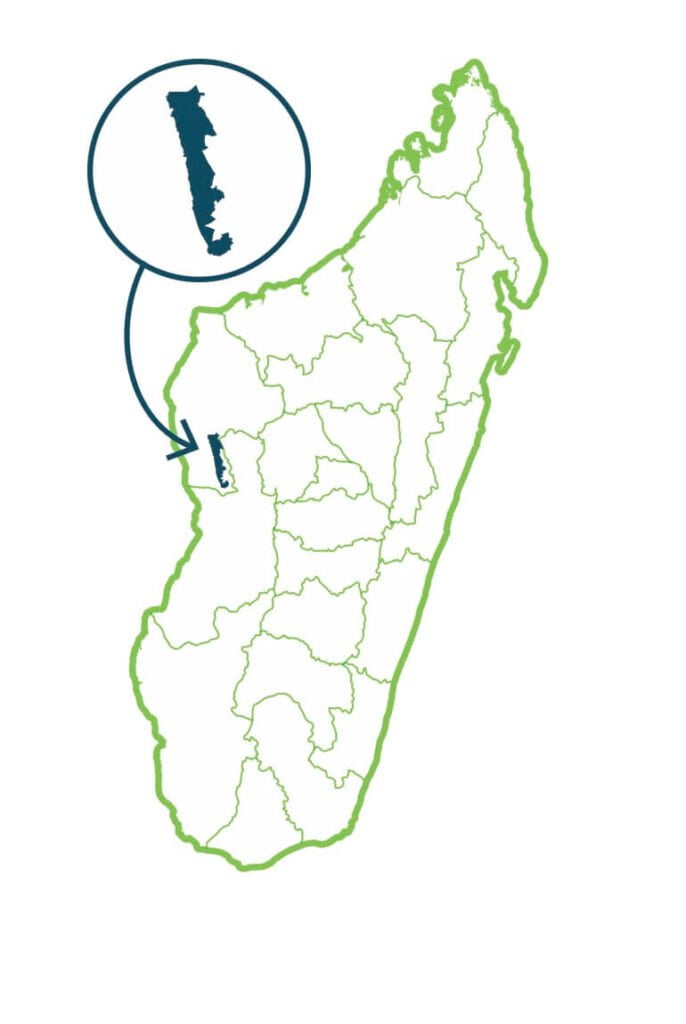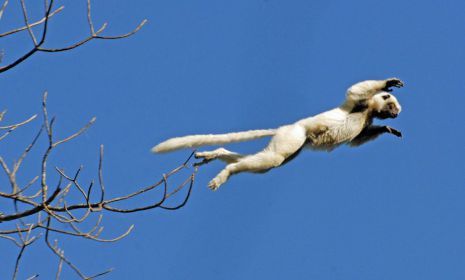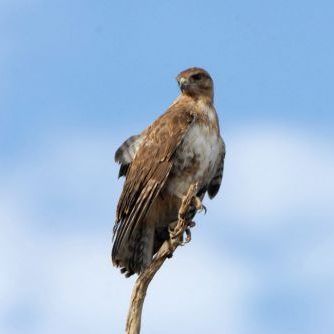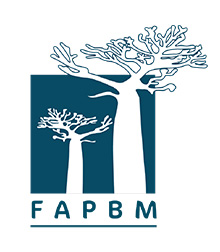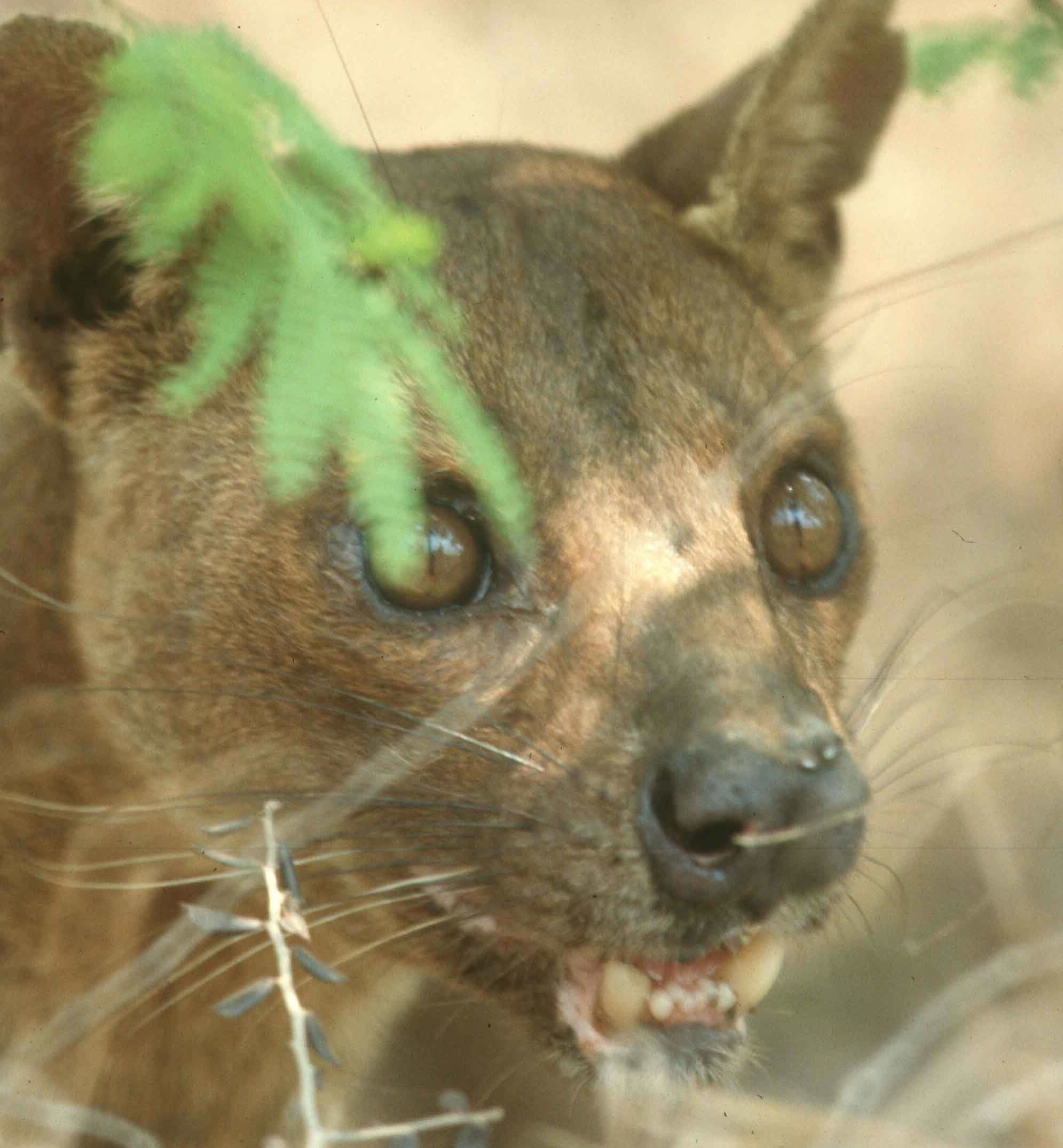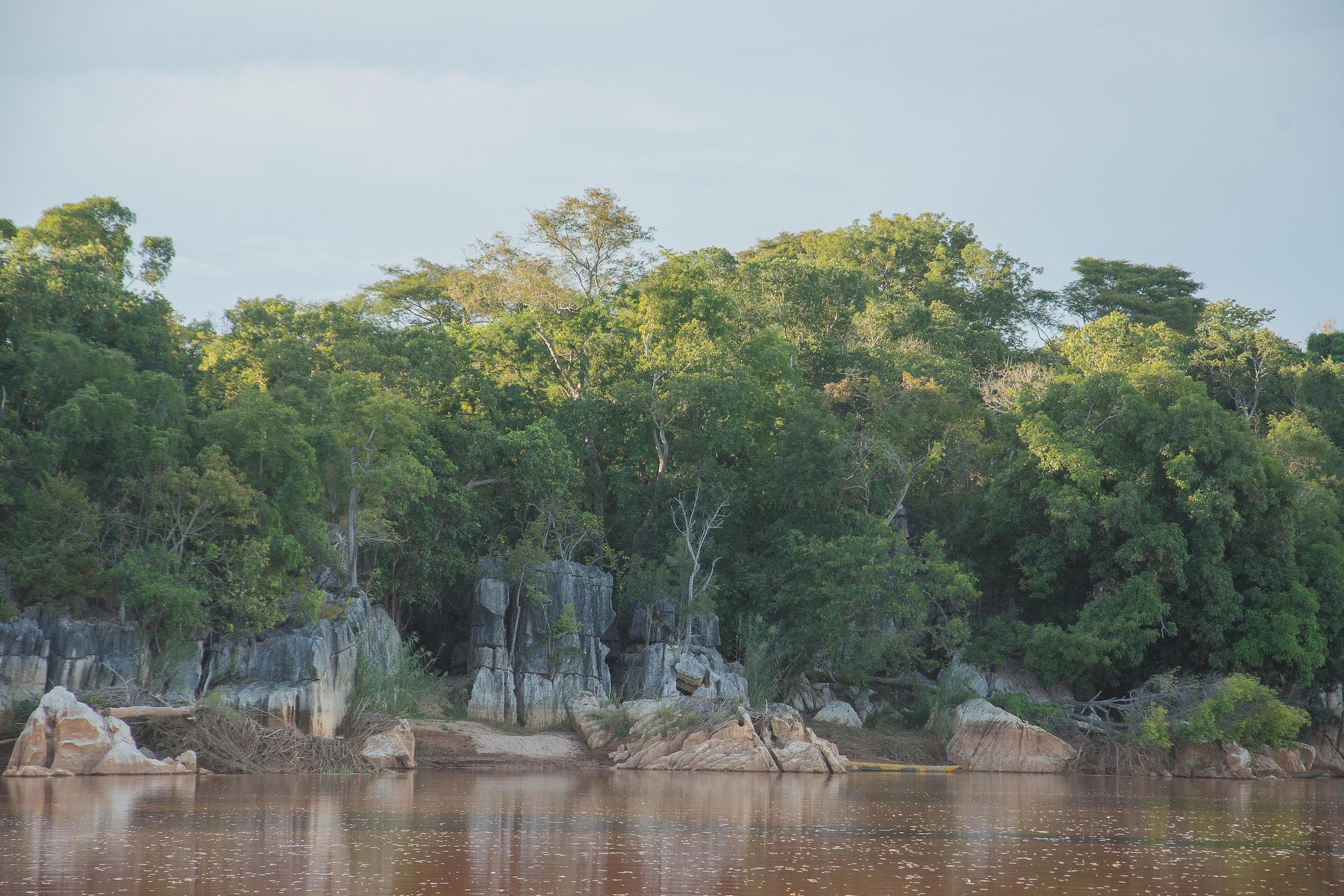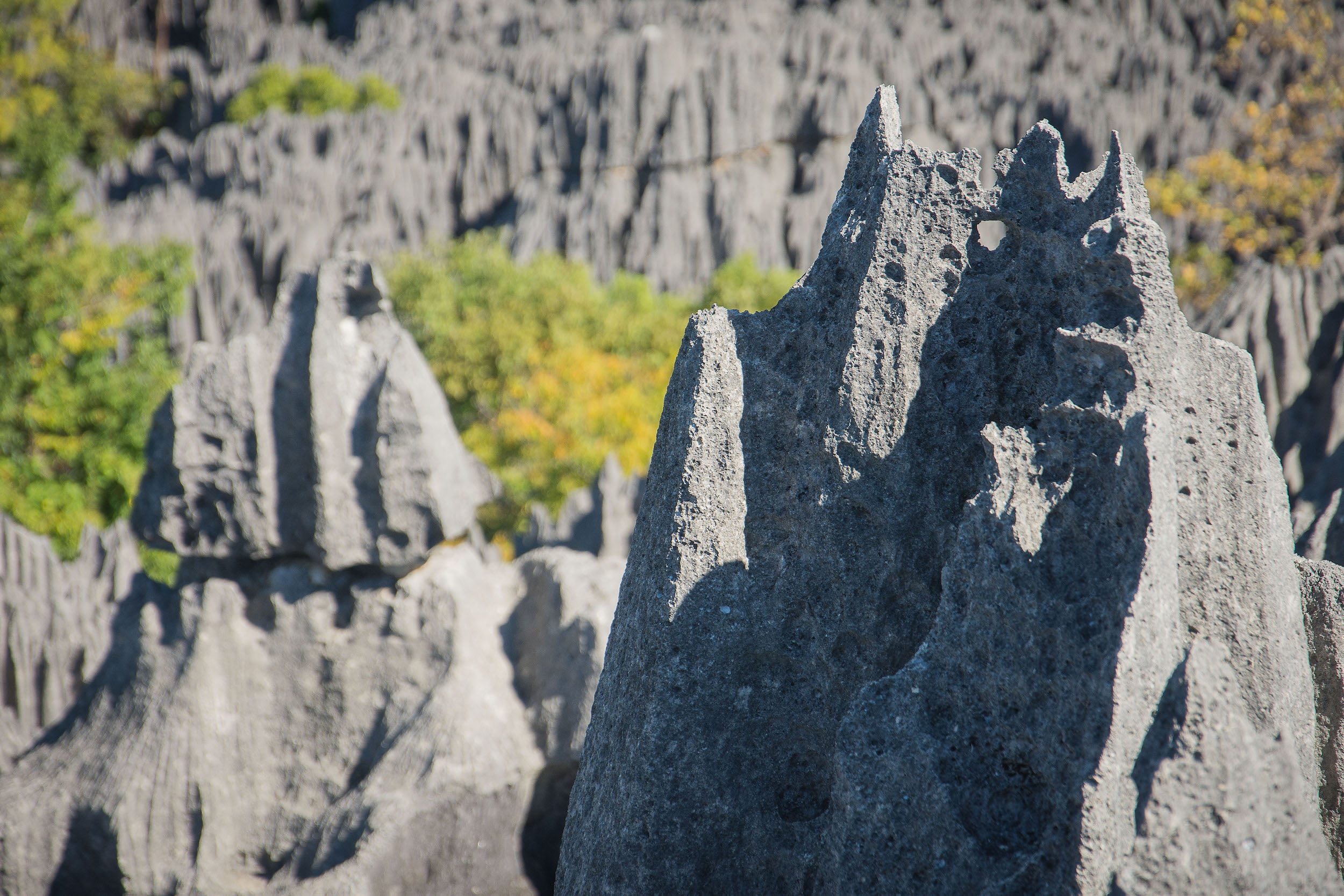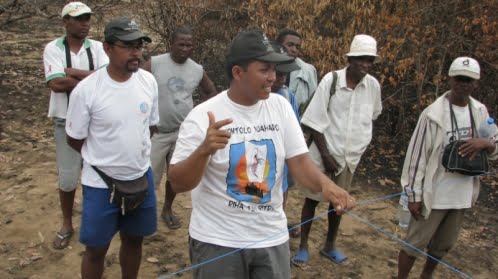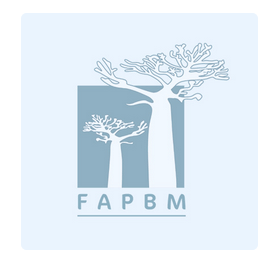Flagship Species
Bemaraha National Park was the first natural World Heritage Site in Madagascar in 1991. It contains different types of ecosystems ranging from wet to very dry and arid habitats, and especially the Tsingy.
The fauna and flora are very rich with spectacular and insular adaptive characteristics, including rare endemic endangered species.
There are 12 species of lemurs, 100 species of birds and 67 species of reptiles, most of which are endemic to the region and even to the national park.
